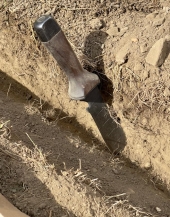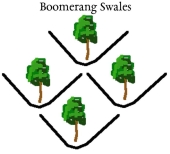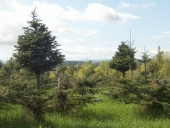




Jenny Wright wrote:
Sig Andersen wrote:A close friend has taken many decades to develop a relationship with trees that will produce Christmas trees and brush (eg, for wreaths) sustainably.
That sounds interesting. Do you have any pictures of your friend's property?






L. Johnson wrote:... You can do so much with breath - focus and calm are two of the foremost results of a lot of breath training. ...
... I was often told "watch your breath but don't control it". It must have taken me 15 years before I was actually able to do that. ...
